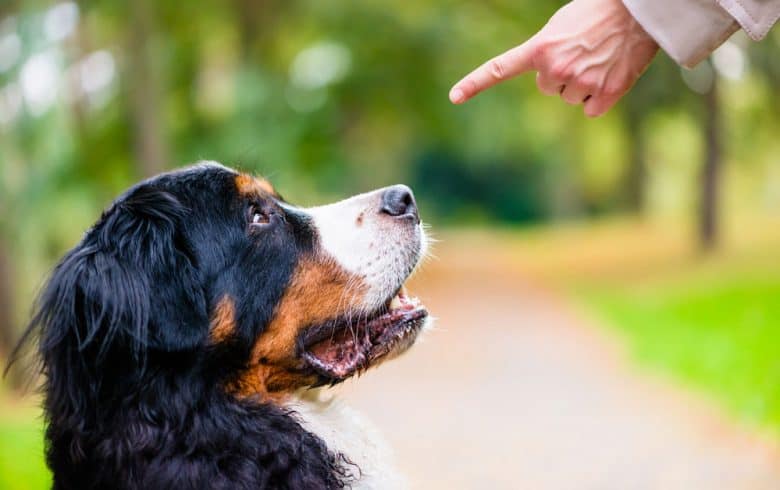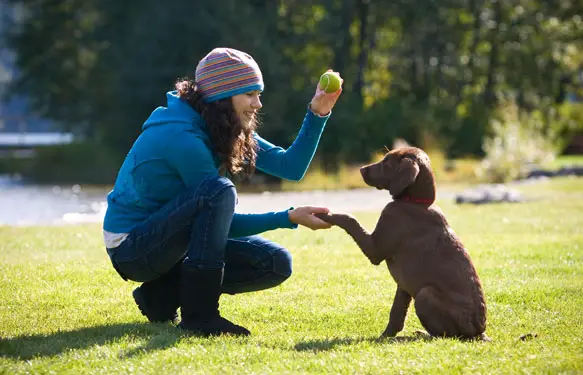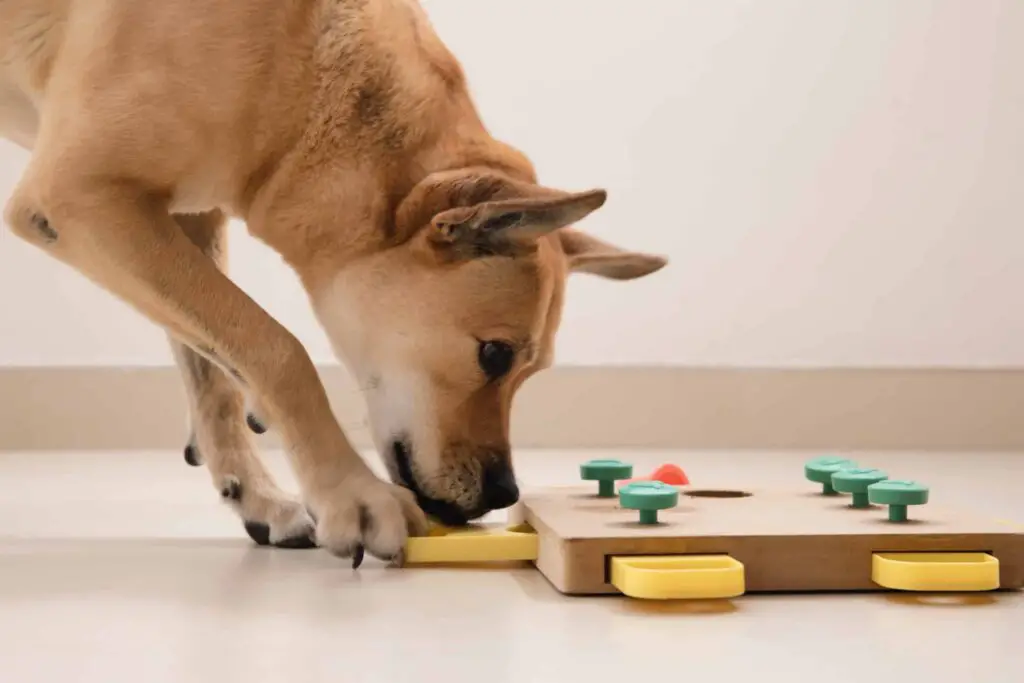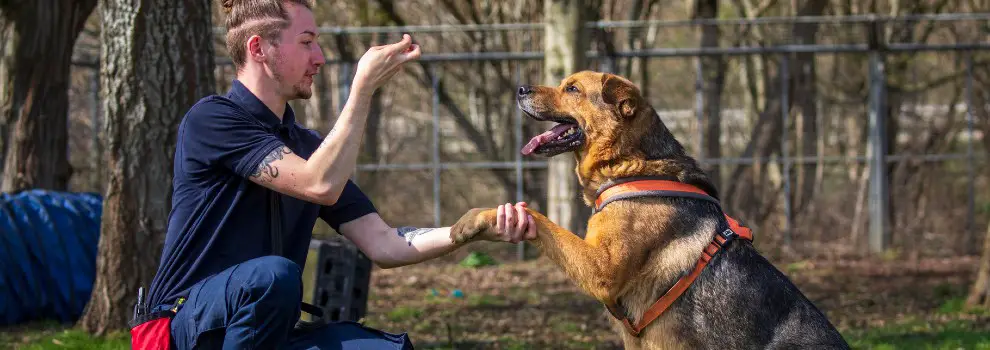Tips for Dog Training at Home (Obedience Training)

There are many ways that people train their dogs at home, but there are a few things that all methods have in common. The first thing is that they all require patience and consistency from the owner.
It’s also important for owners to know what motivates their pup and how they learn best so that they can find the right method for them.
Methods to Train Your Dog
A dog can be trained using one of two approaches. The aversive-based method is the first. The reward-based approach is the second.
Aversive-based (discipline) training is the process of training your dog using both positive punishment and negative reinforcement.

Reward-based strategies use only rewards for the behaviors you want your dog to perform.

How Your Dog Learns
Dogs, like small children, learn a lot. They have the IQ of a two-year-old human. Scientists have identified 3 forms of dog intelligence:
- Instinctive
- Adaptive
- Working and obedience
When your dog learns the habits that were bred into them, this is known as instinctive learning.
Adaptive learning is the process by which your dog learns from their environment and their surroundings to solve problems.

Working and obedience are terms used to describe their capacity to pick up on the tasks and directives you give them.
Obedience Training Rewards
Dogs are intelligent enough to learn the behavior you need. They’re also smart enough to figure out how much they can get away with.
The most important thing to remember is to continuously reward your dog for the desired action. Rewarding undesirable behavior is not a good idea. When your dog shows positive behavior, he or she should be rewarded.
They become confused if you order them to lie down and then refuse to give them a treat until they stand up. They won’t be able to tell which conduct was rewarded.
When you use reward-based training, your dog must understand that behaving in a way you don’t like has consequences. When they do something wrong, the consequences are withholding their rewards.

Training New Skills
Your training should be short and simple. Keep them under 15 minutes. So that they don’t get confused, focus on one task or behavior at a time. Make sure you’re using the same commands for the desired actions.
Your dog may not understand if you use the same word but place it in new sentences every time you speak it. Every dog should know 5 basic commands.
- Come,
- Heel,
- Sit,
- Stay, and
- Down are the commands.
Aversive and reward-based training have both been shown to be effective. If you want your dog to be a loving pet, though, you should use reward-based obedience training.

Your dog will not acquire fear-based responses as a result of this strategy. It actually strengthens your emotional bond with them.




